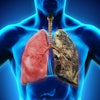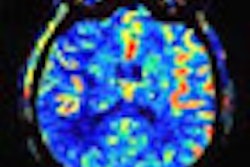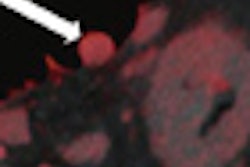In a continuation of its series of articles on overexposure to medical imaging radiation, the New York Times has reported that thousands of Medicare patients have been receiving two consecutive chest CT scans when only one is medically necessary.
The newspaper reported that in 2008 approximately 75,000 Medicare outpatients received two consecutive chest CT scans at hospitals throughout the U.S., one with contrast and one without. For the majority of these patients, one of the CT scans was unnecessary, the article claimed.
In addition to the unnecessary high radiation dose exposure to the patients, the U.S. Centers for Medicare and Medicaid Services (CMS) paid hospitals approximately $25 million for double scans, according to the article published on June 17.
Investigative reporter Walt Bogdanich and colleague Jo Craven McGinty analyzed Medicare outpatient claims records for 2008 from hundreds of hospitals to identify the percentage of patients who had these consecutive chest CT exams. They determined that more than 200 hospitals used the double-scanning protocol on more than 30% of their Medicare outpatients, with some producing rates as high as 89%. The national average for double scanning is 5.4%.
Wide variation existed among states. Massachusetts hospitals averaged a 1% rate, while Oklahoma averaged at 13% rate. Bogdanich and McGinty identified St. John Health System in Tulsa, OK, and Memorial Medical Center of West Michigan in Ludington as having 80% and 89% double-scan rates, respectively. They said that spokespeople for these hospitals reported that as of 2011, the rates had been lowered to 5% and 3%, respectively, with changes in protocols.
Whether this is representative of change is to be determined. CMS is expected to release figures for 2009 in July, but the Times reported that according to people who have seen these statistics, the practice of double scanning chest patients has continued.
The online article included an interactive map of the U.S., enabling readers to check the performance of the hospitals that were evaluated.



















